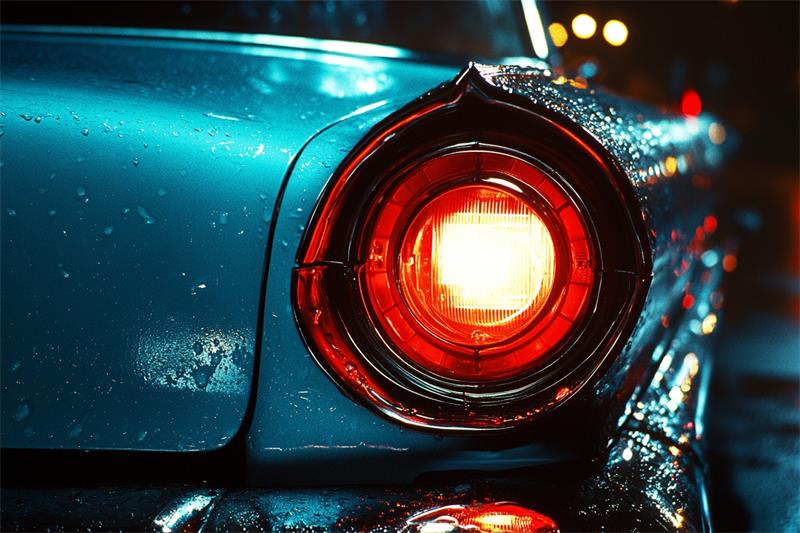Car light film, a seemingly simple addition to our vehicles, has undergone a fascinating evolution since its inception. No longer just a practical layer of protection, car light film has transformed into a powerful tool for personalization and aesthetic enhancement. This evolution is driven by advancements in technology, shifting consumer preferences, and the constant desire to express individuality through our vehicles.

The earliest iterations of car light film were primarily functional, focused on shielding occupants from the sun's harmful UV rays. These early films, often tinted a simple green or gray, prioritized heat rejection and glare reduction, significantly improving driver comfort and safety. While effective in their purpose, aesthetic appeal remained a secondary concern.
The turn of the century witnessed a paradigm shift in the perception and application of car light film. Advancements in manufacturing techniques allowed for greater control over light transmission, color variations, and overall film clarity. This opened up a world of possibilities, with car light film evolving beyond its purely utilitarian roots.
No longer confined to simple shades, car light film exploded into a spectrum of colors and finishes. From sleek, modern metallic tints to bold, attention-grabbing hues, the options became as diverse as the drivers themselves. This newfound ability to customize the appearance of vehicles fueled the rise of car light film as a powerful tool for personalization.
Car enthusiasts and everyday drivers alike embraced this newfound freedom. Car light film became a way to reflect personal style, complementing a vehicle's paint job, matching a specific aesthetic, or simply making a statement on the road. The car, once merely a mode of transportation, transformed into an extension of the self, and car light film became a brushstroke in its visual language.
The evolution of car light film didn't stop at aesthetics. Technological advancements continued to push the boundaries of what these films could achieve. Ceramic car light films emerged, boasting superior heat rejection capabilities, increased durability, and exceptional clarity. These films provided even greater protection from the sun's harmful rays while maintaining a clear, unobtrusive look.
Moreover, the development of specialized car light film for headlights and taillights further broadened the possibilities for customization. These films, available in a variety of tints and finishes, allow for subtle adjustments to a vehicle's lighting signature without compromising safety or visibility.
Today, the car light film market is a dynamic landscape of innovation and artistry. Manufacturers constantly strive to develop new technologies and expand the range of available options, catering to the ever-evolving demands of discerning car owners. The focus remains on striking a delicate balance between functionality and aesthetics, offering products that not only protect and enhance but also inspire and empower.
Looking ahead, the future of car light film appears bright. As technology continues its relentless march forward, we can expect even more innovative and sophisticated films to emerge. Interactive films, self-healing properties, and further advancements in UV protection are just a few exciting possibilities on the horizon.
The journey of car light film is a testament to the power of innovation and the human desire for self-expression. From its humble beginnings as a purely practical solution, car light film has evolved into a versatile tool for personalization, protection, and even artistic exploration. As we move forward, it will be fascinating to witness the next chapter in the evolution of this seemingly simple yet remarkably impactful automotive accessory.
